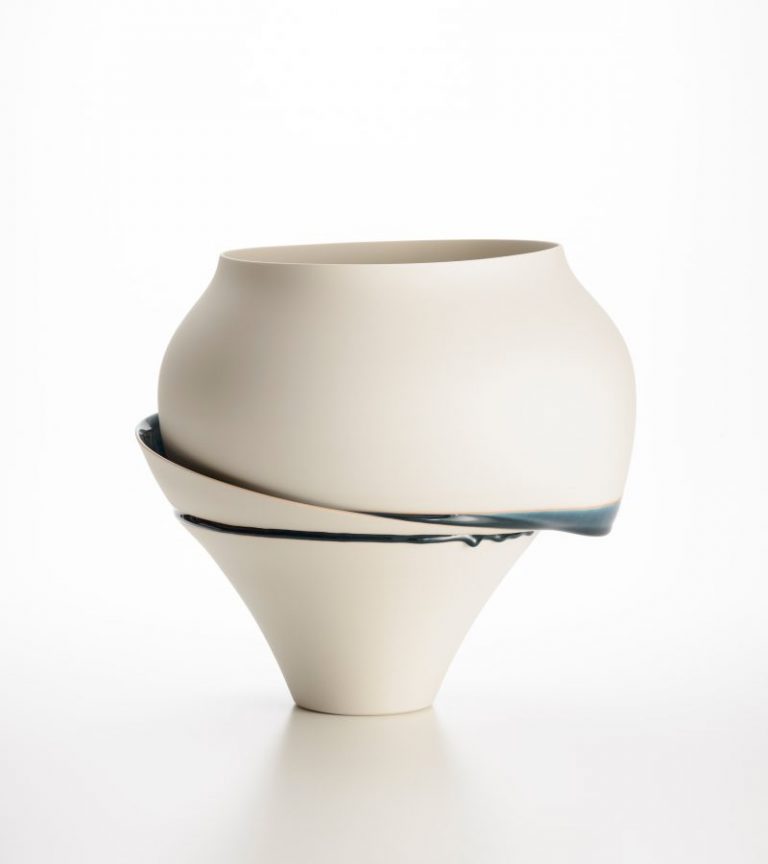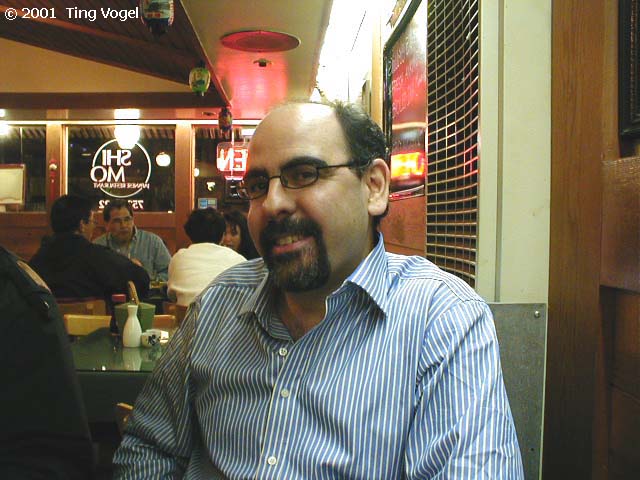

1 (1984), 6-14.ġ “Hana Iki in the California, Federal Naturalization Records, 1843-1999,” NAI Number: 618171, Record Group Title 21, Records of District Courts of the United States, 1685-2009, database on-line,, National Archives at Riverside, Riverside California.Ģ “Hana Iki in the California, Federal Naturalization Records, 1843-1999.” “Mrs. “Japanese American Women During World War II.” Frontiers 8 no. This project was conducted in Partnership with the University of California Davis History Department through the Californian Cooperative Ecosystem Studies Unit, CA# P20AC00946 This project was made possible in part by a grant from the National Park Foundation.
#SHIMO SAN FRANCISCO FULL#
16 Hana Shimozumi’s life experiences, in American opera houses and concentration camps, demonstrated that the acceptance of non-white Americans as full Americans citizens was precarious throughout the twentieth century. 15 Shimozumi died four years later on July 12, 1978. 14 In the mid-1960s, the whole family moved back to Sacramento and enjoyed Iki’s semi-retirement until his death in 1974. Released in the final months of the war, Hana and George moved to Los Angeles, where he practiced medicine at an interracial health clinic. 12 His expertise resulted in the family being moved to other concentration camps, including Gila River in Arizona. 11 Her husband continued in his work as a doctor, unlike the majority of men, whose work, status, and authority radically changed while confined in the concentration camps. However, there were also significant changes in family life: Shimozumi was no longer responsible for preparing meals, which instead were taken in mess halls, and she likely found her family spending less time together, as was the case for most families in the camps. She worked to transform her family’s assigned barracks into a home and looked after her elderly white aunt, who accompanied the family to Tule Lake. 9 Although “internment camp” is sometimes used to describe these camps, many historians and Japanese Americans view the term as an euphemism and prefer the phrase “concentration camp.” 10 Much like the other Japanese American women forced into these camps, Shimozumi continued in her role as family caregiver. concentration camps, reaching a population of 18,700 people, and held Japanese Americans primarily from western Washington, Oregon, and Northern California, including Sacramento. Tule Lake was the largest of the ten U.S. government relocated the Iki family into the Tule Lake War Relocation Center several hours away.

Under the powers granted by Executive Order 9066, the Iki family was forced to sell their house, medical practice, and most of their belongings and forced to move to the Walerga Assembly Center in Sacramento. When the United States declared war on Japan in December 1941, the Iki family’s fortunes plummeted. 7 The new family lived for several years in San Francisco, where Iki worked as a doctor and Shimozumi gave the occasional performance, before moving to Sacramento in the late 1920s. Shimozumi gave birth to their only child, Marsha, the following March. Shimozumi married George Iki, a Japanese immigrant who was studying to be a physician at the University of California Berkeley in May 1921. and Canada in 19, the press lauded Shimozumi for her beauty, voice, and acting skills however, they also exoticized her, making clear that part of the draw of her performance was her Japanese ethnicity.

4 Shimozumi was credited as the first woman of Japanese ancestry to play the leading soprano role of Yum Yum. Shimozumi joined the new Gallo English Opera Company’s production of Gilbert and Sullivan’s The Mikado, a comic opera set in Japan. 3 In her late teens, she was performing concerts around the Bay Area when she was discovered by the opera producer Fortune Gallo. 2 Growing up, Shimozumi learned Latin, French, and Italian, though not Japanese, and started voice lessons at age twelve. 1 The following year, she arrived in San Francisco where she was put under the care of white guardians.

Shimozumi was born in Honolulu on October 22, 1893, nine months after white businessmen overthrew the Hawaiian government. During World War II she was sent to the Tule Lake War Relocation Center solely because of her Japanese ancestry. Years later she faced the ultimate assault on her American identity. As a young opera star, Shimozumi encountered frequent incredulity at her unaccented English from those who assumed she a Japanese national. Born in Hawai‘i and raised in San Francisco by Anglo-American guardians, Hana Shimozumi still had to prove her “Americanness” throughout her life due to her Japanese ethnicity.


 0 kommentar(er)
0 kommentar(er)
